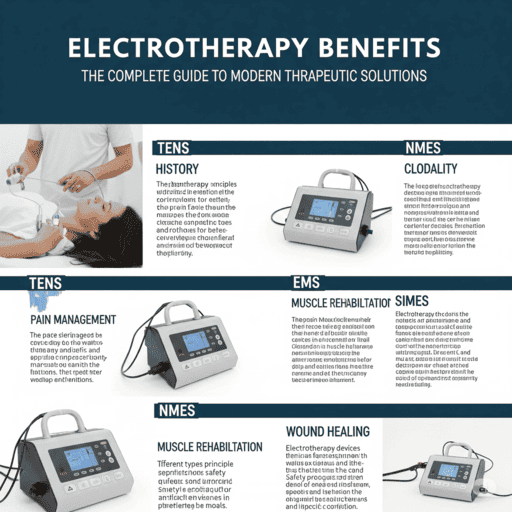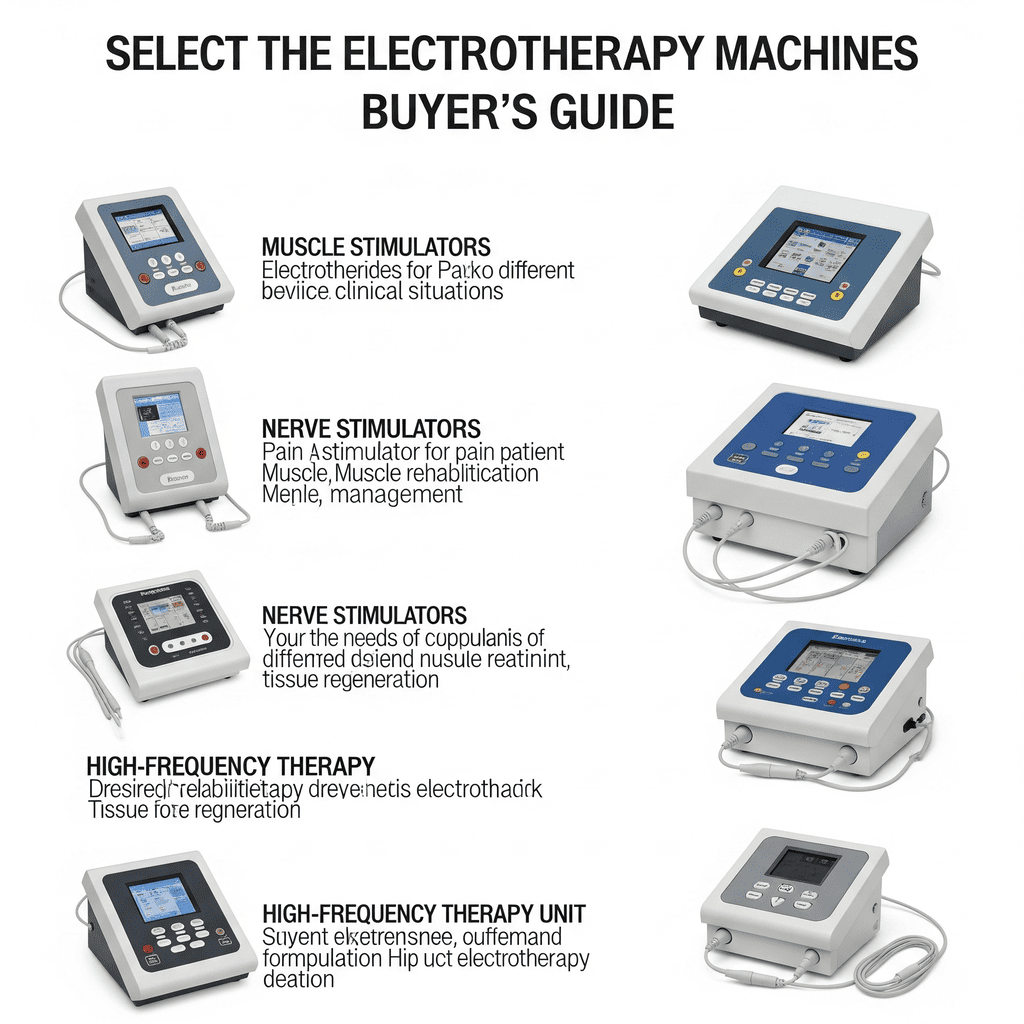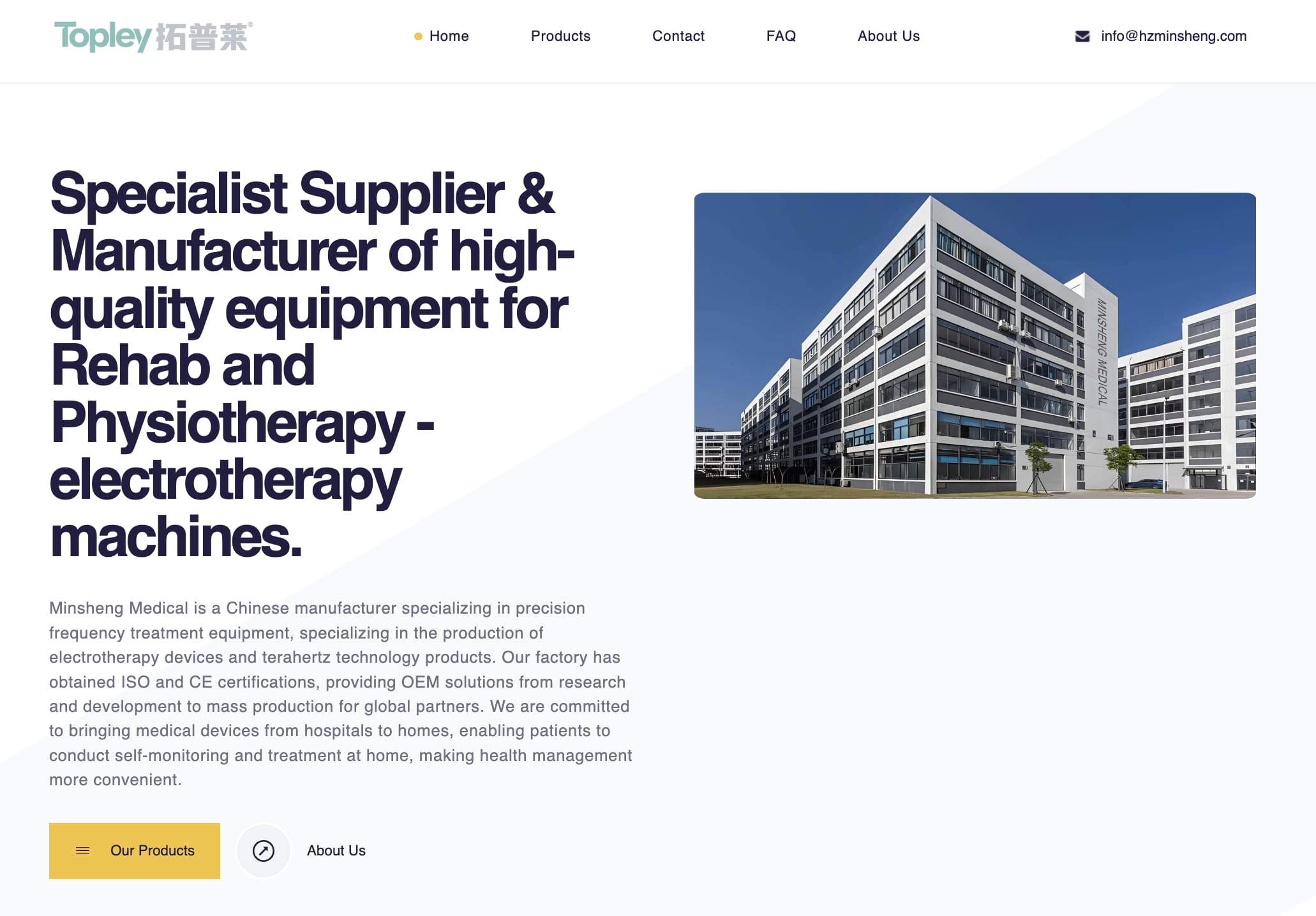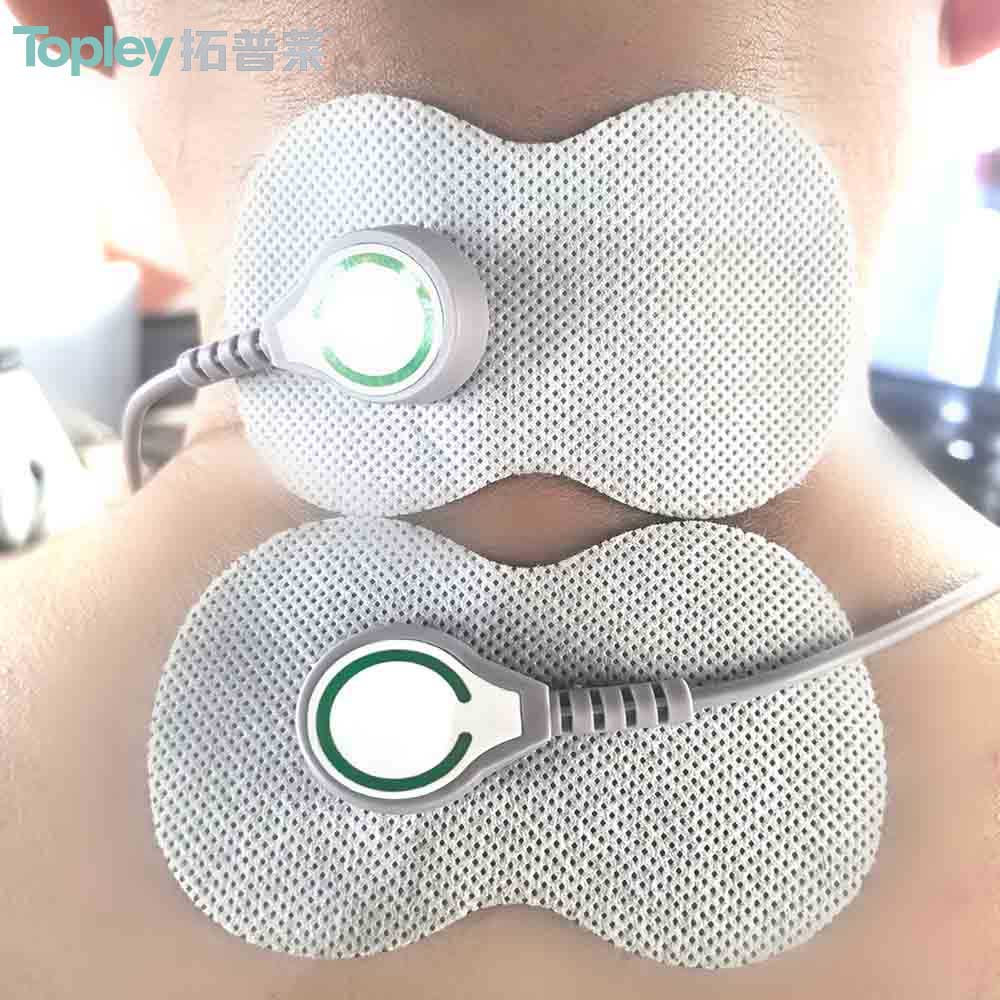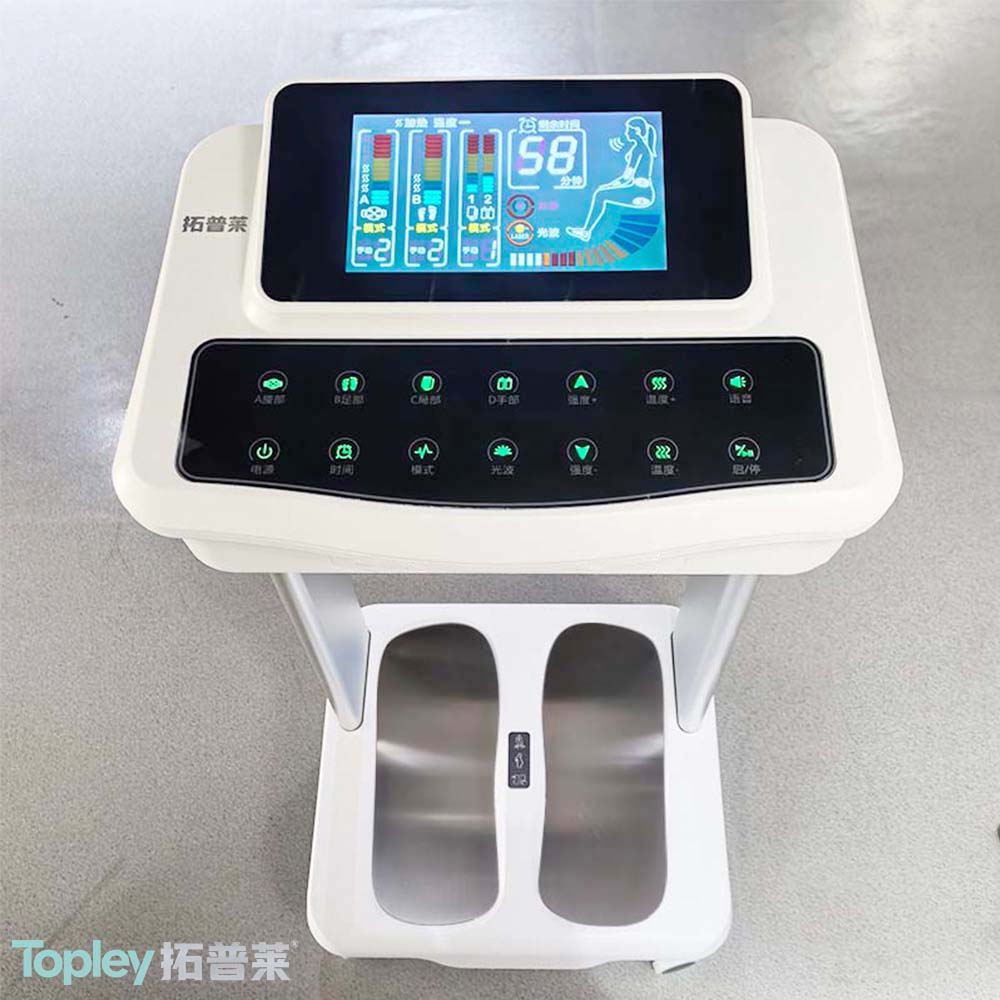In electrotherapy treatment, precise control of electrical current is essential for patient safety and therapeutic effectiveness. A rheostat serves as a critical cmponent in Low & Mid-frequency Electrotherapy Equipment, enabling clinicians to adjust stimulation intensity according to individual patient needs. As a leading manufacturer of electrotherapy solutions, Hangzhou Minsheng Medical Technology integrates both traditional and modern current control systems to serve diverse clinical requirements.
What is a Rheostat?
A rheostat is a variable resistor used in electrical circuits to control current flow without interrupting the circuit. In physiotherapy applications, it functions as a manual control mechanism that allows clinicians to vary the electrical current delivered by therapeutic devices. The device consists of a coil of resistive wire wound on a ceramic (non-metallic) core, with a sliding contact that adjusts resistance by changing the length and area of wire in the circuit.
The operating principle is straightforward: when the sliding contact is positioned at the minimum resistance point, full supply voltage reaches the output, delivering maximum current. As the contact moves along the resistive coil, increasing resistance reduces current magnitude proportionally, enabling smooth, continuous adjustment from minimal to maximum therapeutic intensity.
Clinical Applications in Electrotherapy
Hangzhou Minsheng Medical's Low & Mid-frequency Electrotherapy Equipment utilizes rheostatic control principles across multiple therapeutic modalities:
Muscle Re-education and Strengthening: Clinicians gradually increase stimulus amplitude to achieve visible, functional muscle contractions without causing patient discomfort. This graduated approach is essential for post-injury rehabilitation and neuromuscular training.
Pain Management: Fine-tuning intensity in TENS (Transcutaneous Electrical Nerve Stimulation) and low-frequency stimulation helps reach comfortable paresthesia levels or desired analgesic thresholds, optimizing pain relief for individual patients.
Iontophoresis and Galvanic Treatments: Controlled DC intensity during drug delivery prevents skin irritation while maintaining prescribed milliampere levels for effective transdermal medication administration.
Graded Desensitization: Starting at low current for hypersensitive patients—particularly those recovering from acute injuries—and slowly increasing intensity as tissue tolerance improves ensures safe, comfortable treatment progression.
Key Advantages for Clinical Practice
Hangzhou Minsheng Medical recognizes several critical benefits that rheostatic control offers to healthcare providers:
Smooth Intensity Control: Continuous adjustment capability rather than fixed-step increments enables precise titration of stimulation to match patient comfort and therapeutic objectives
Safety and Overload Protection: By increasing resistance during start-up or when treating hypersensitive tissues, rheostats reduce current flow, lowering risks of burns or acute pain reactions
Versatility Across Modalities: Applicable to galvanic (direct current), faradic, and certain interferential therapy setups when resistive control is implemented
Robust Mechanical Reliability: Simple construction provides immediate tactile feedback, particularly valuable in teaching environments and resource-limited settings
Safety Guidelines for Clinical Use
Proper rheostat operation in Low & Mid-frequency Electrotherapy Equipment requires adherence to established safety protocols:
Verify device grounding and insulation integrity before each application
Begin at minimal resistance (lowest current setting) and increase gradually while monitoring patient response
Continuously observe skin under electrodes for redness, irritation, or thermal injury; discontinue immediately if pain or unusual sensations occur
Utilize inline ammeters or device readouts when precise current dosing is required, such as in iontophoresis protocols
Replace worn rheostats and cables promptly to prevent sudden current spikes or drops
Practical maintenance considerations: The sliding contact should be moved gently by holding its non-conductive top portion rather than the metal contacts. Mechanical wear or contact oxidation can cause erratic current delivery; regular inspection ensures consistent performance.
Modern Alternatives and Integrated Solutions
While Hangzhou Minsheng Medical Technology acknowledges that contemporary electrotherapy devices increasingly incorporate digitally controlled current sources with microprocessor-driven precision, preset treatment programs, and advanced safety interlocks, the fundamental principles of current control remain unchanged. The company's comprehensive Low & Mid-frequency Electrotherapy Equipment portfolio balances traditional rheostatic reliability with modern electronic control, meeting diverse clinical preferences and budget requirements.
Conclusion
For clinical facilities and medical equipment distributors seeking reliable electrotherapy solutions, understanding rheostat function remains essential. Whether your practice utilizes basic mechanical controls or advanced digital systems, Hangzhou Minsheng Medical provides manufacturer-direct Low & Mid-frequency Electrotherapy Equipment engineered for safety, versatility, and therapeutic effectiveness. Contact our B2B sales team to discuss equipment specifications tailored to your clinical or distribution needs.

 info@hzminsheng.com
info@hzminsheng.com


